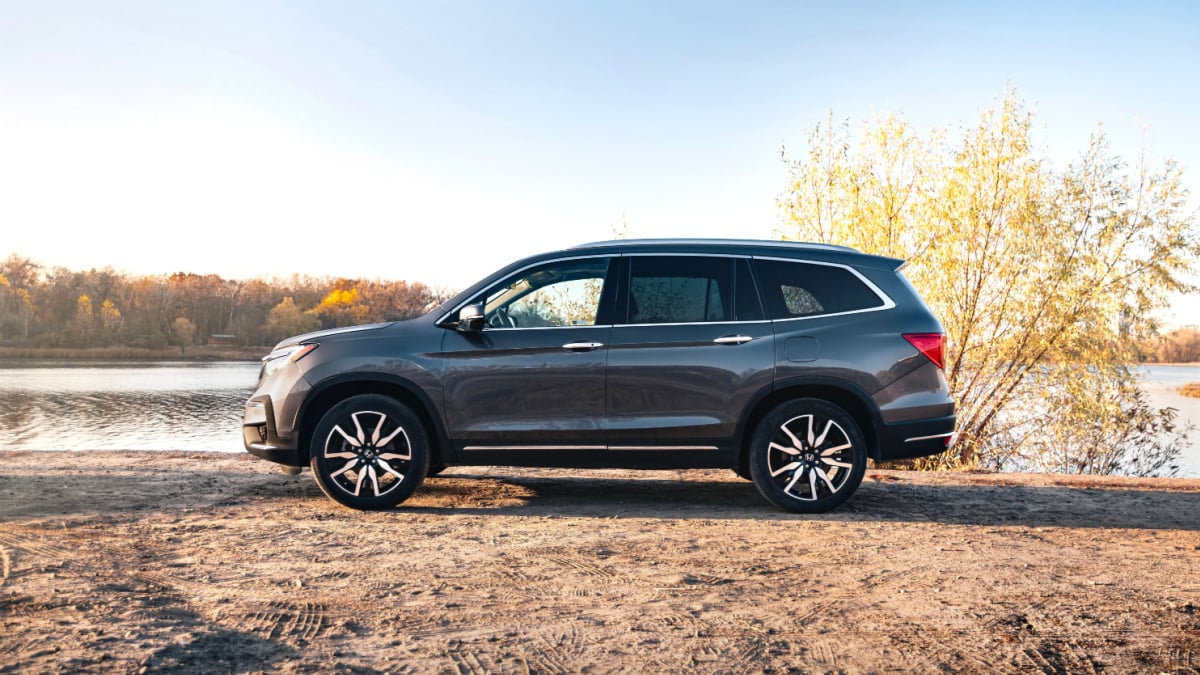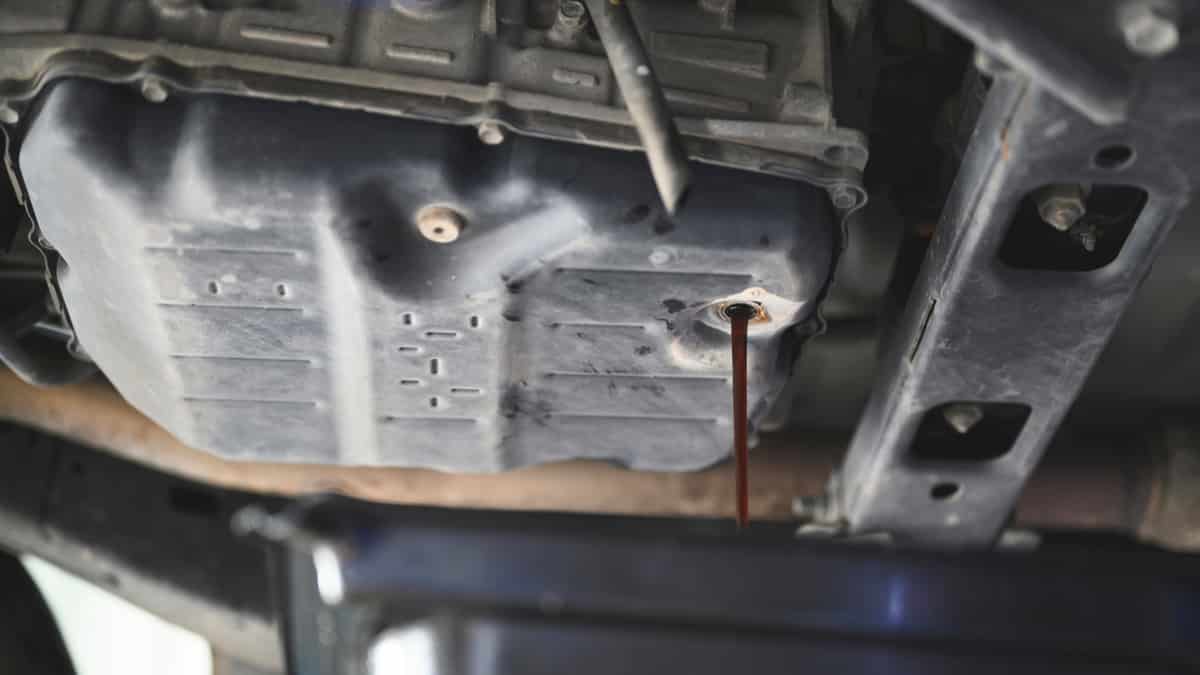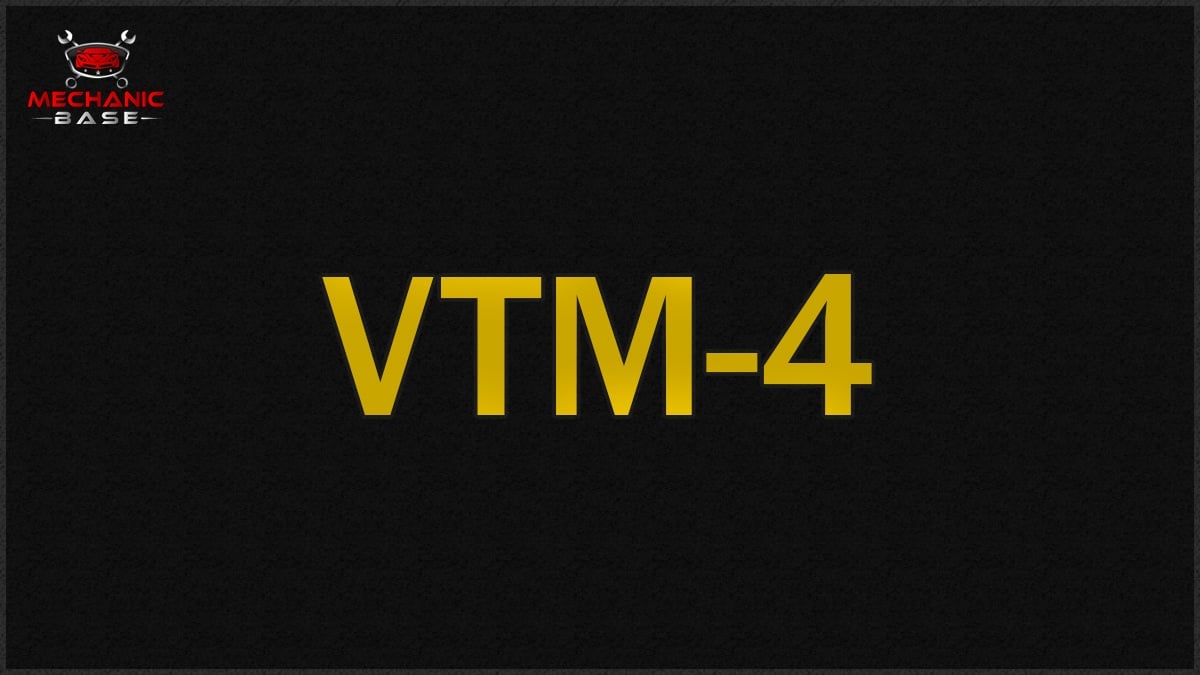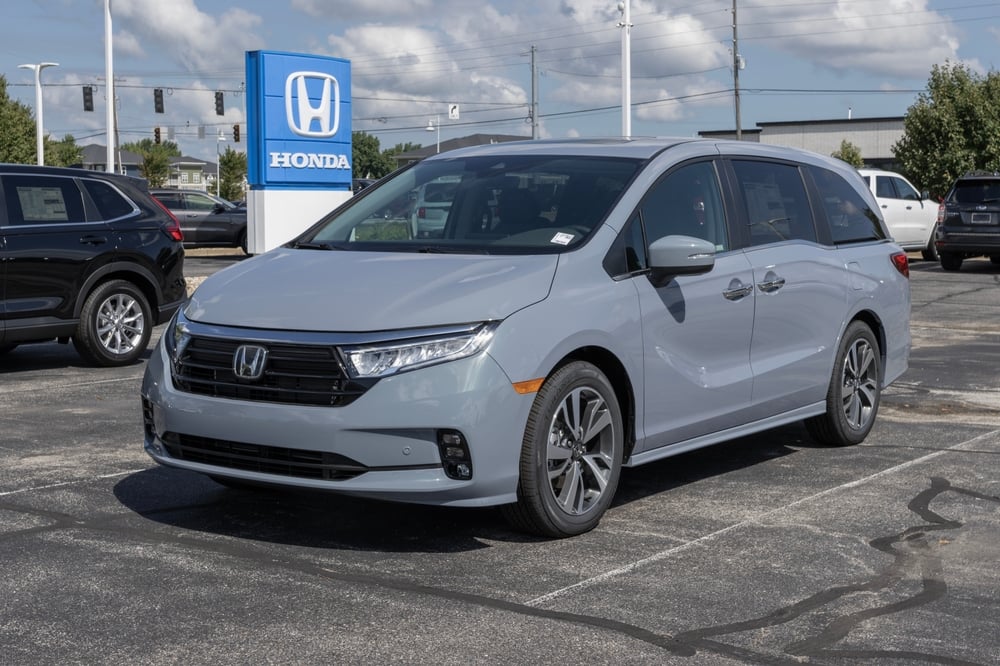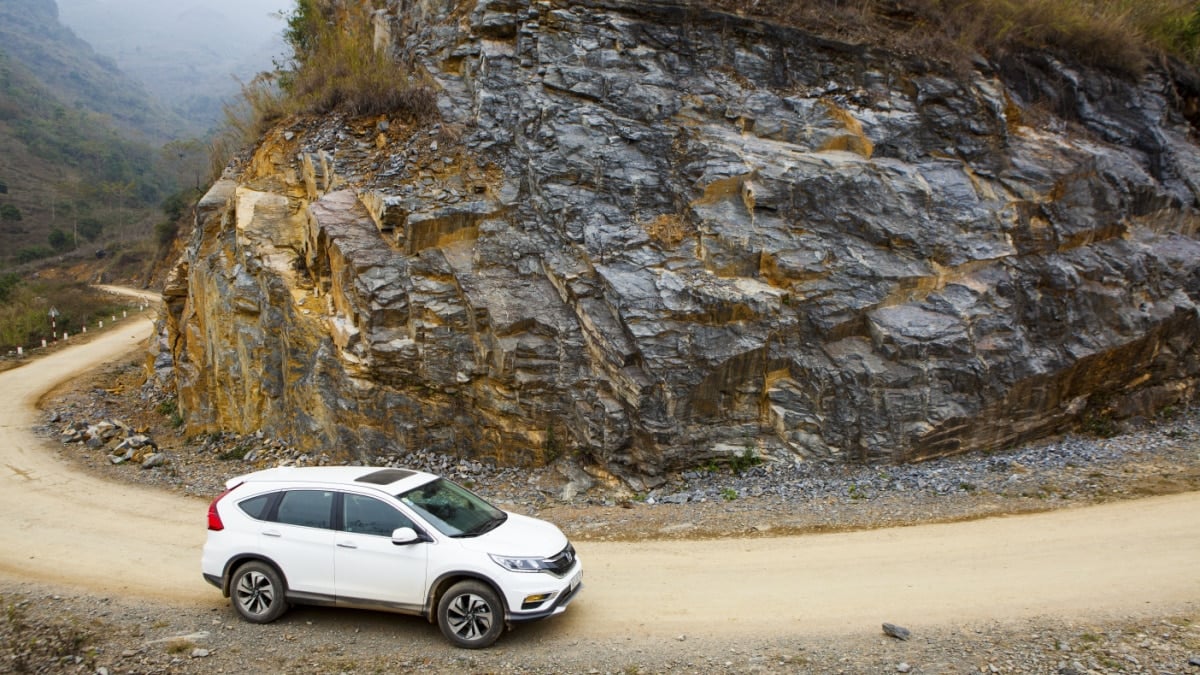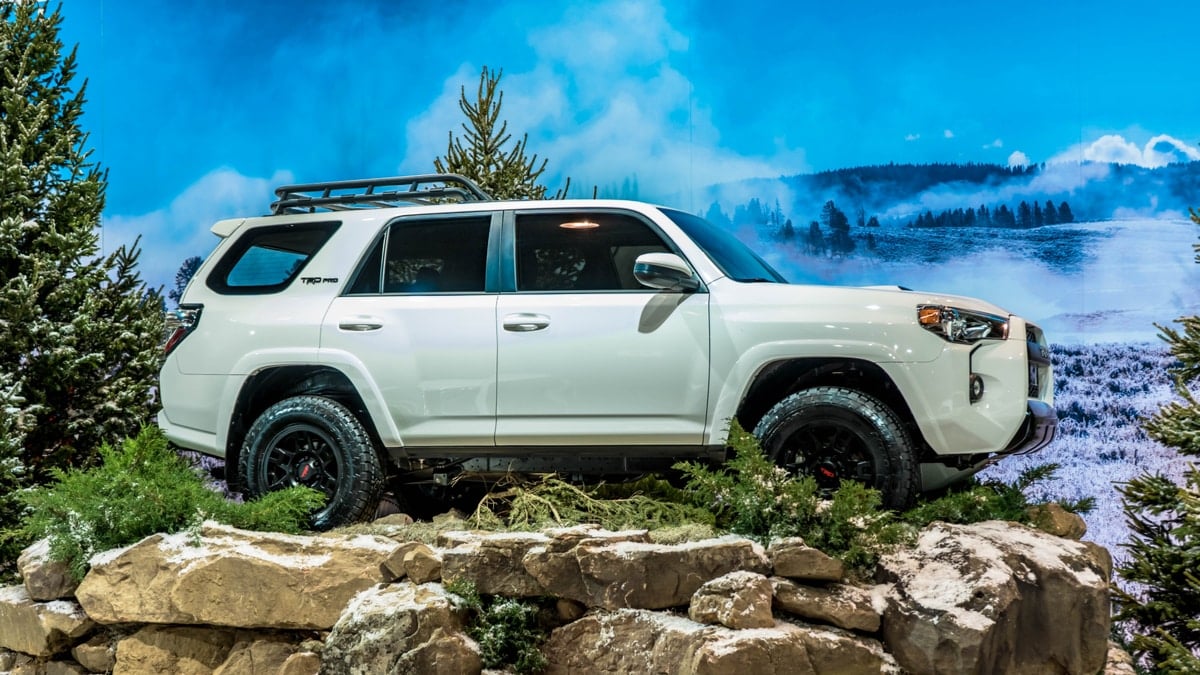The Honda Pilot is a midsize SUV that’s been driving America’s roads since 2003. With two decades behind it, there are plenty of Pilot models that are reliable, but also some that aren’t. By looking at the best and worst years of Honda Pilot models, you can pick the best option for your family.
In this guide, we list the best Honda Pilot model years based on consumer reviews, recalls and other online information. We also list the worst Honda Pilot model years, outline the most significant problems and answer some questions you’ve been asking.
The Best Honda Pilot Model Years
It’s easy to find good Pilot years because Honda built a reliable SUV. Of the top options, we’ve picked five of the very best. Consider buying a 2023, 2022, 2021, 2018 or 2014 Honda Pilot if you want one with minimal problems.
Examine the details with us.
1. 2023 Honda Pilot
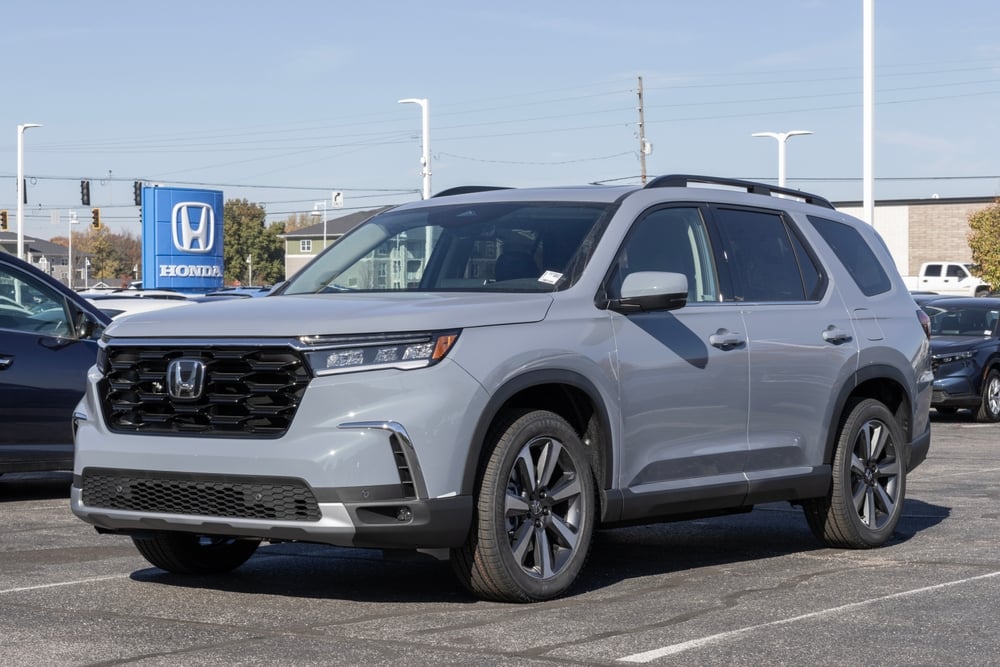
Among the top choices is the newest Pilot model. It’s filled with all of the tech, comfort and entertainment features a family could hope for. It also has the space to fit a large family with ease.
With a redesigned interior, this Pilot will continue to look modern and fresh for many more years. It also comes with a reliable V6 engine and ten-speed automatic transmission for an enjoyable ride. The only downside to this option is the cost of driving this vehicle. It’s going to be among the most expensive but is also covered by a factory warranty.
- NHTSA: 0 recalls
- Fuel economy rating: Up to 22 mpg combined
- Edmunds consumer review: 4.4/5
2. 2022 Honda Pilot
If you want a newer model but don’t want to pay new car prices, the 2022 Pilot works well. It offers superior acceleration and handles like a dream.
New for this year were the Sport and TrailSport models, which are unique compared to the rest of the lineup. The lineup also offers a superior fuel economy rating for a large SUV.
- NHTSA: 2 recalls
- Fuel economy rating: Up to 23 mpg combined
- Edmunds consumer review: 4.1/5
3. 2021 Honda Pilot
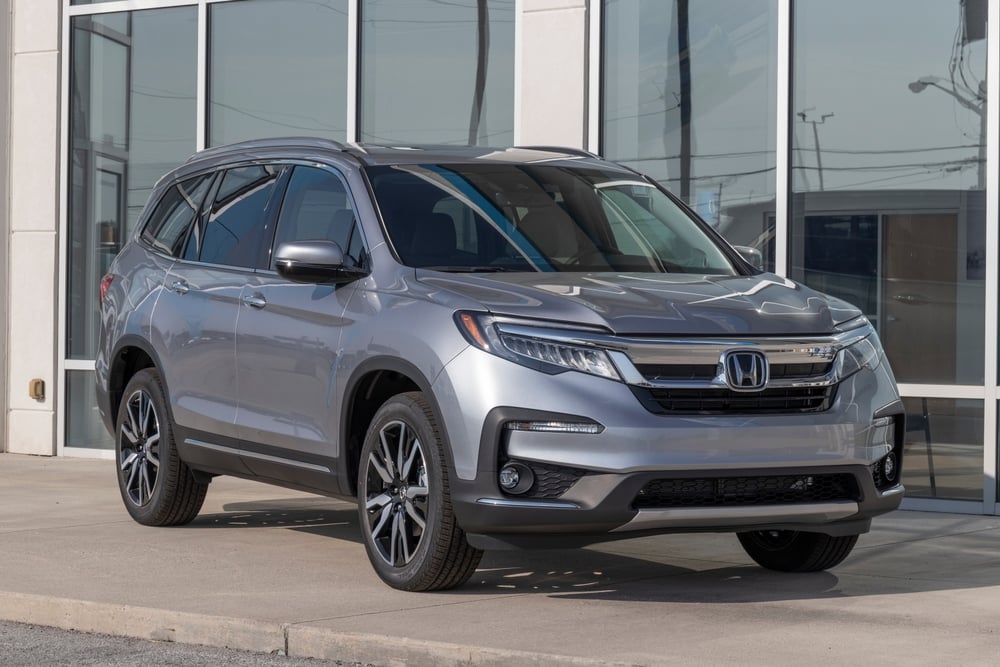
The 2021 model is another one that received great customer reviews. What most people love is how the cabin appears to be luxurious, even on the lower trim levels.
It also offers plenty of interior room, allowing for space to hold people and cargo. Fuel economy continues to excel too.
- NHTSA: 6 recalls
- Fuel economy rating: Up to 23 mpg combined
- Edmunds consumer review: 3.9/5
4. 2018 Honda Pilot
Now that the 2018 Pilot is beyond the factory warranty, it’s still receiving good reviews from consumers. The transmission shifts smoothly and the engine provides the performance desired.
Of course, this model continues to offer plenty of interior room. It’s also filled with some newer amenities, helping to provide drivers with a real value.
- NHTSA: 3 recalls
- Fuel economy rating: Up to 23 mpg combined
- Edmunds consumer review: 3.7/5
5. 2014 Honda Pilot
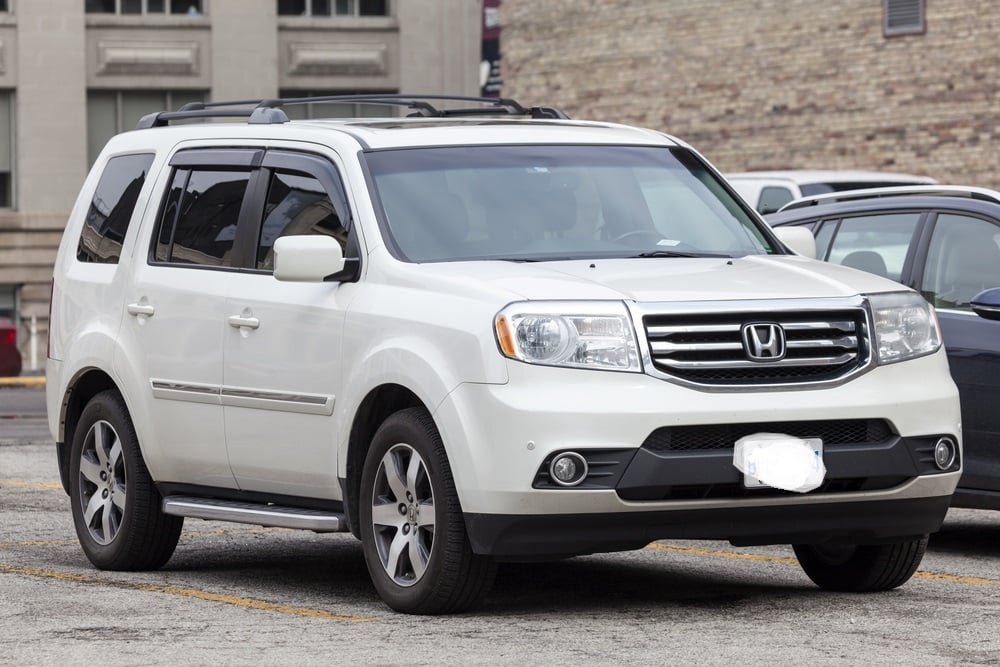
Of the older lineup, the 2014 Pilot is the one with the fewest complaints. Some of the top automotive publications also gave this one high marks.
As a three-row model, it can be found for a great price these days. Even as it ages, it’s going to retain its resale value and probably cost a minimal amount to maintain.
- NHTSA: 3 recalls
- Fuel economy rating: Up to 20 mpg combined
- Edmunds consumer review: 3.6/5
Worst Honda Pilot Model Years
Even with Honda’s stellar reputation for making solid vehicles, there are a few Pilot models that fall short. Based on the number of complaints and recalls, we can’t recommend driving the 2003, 2005, 2016, 2004 or 2011 Honda Pilot models.
Dive into some of the issues with us.
1. 2003 Honda Pilot
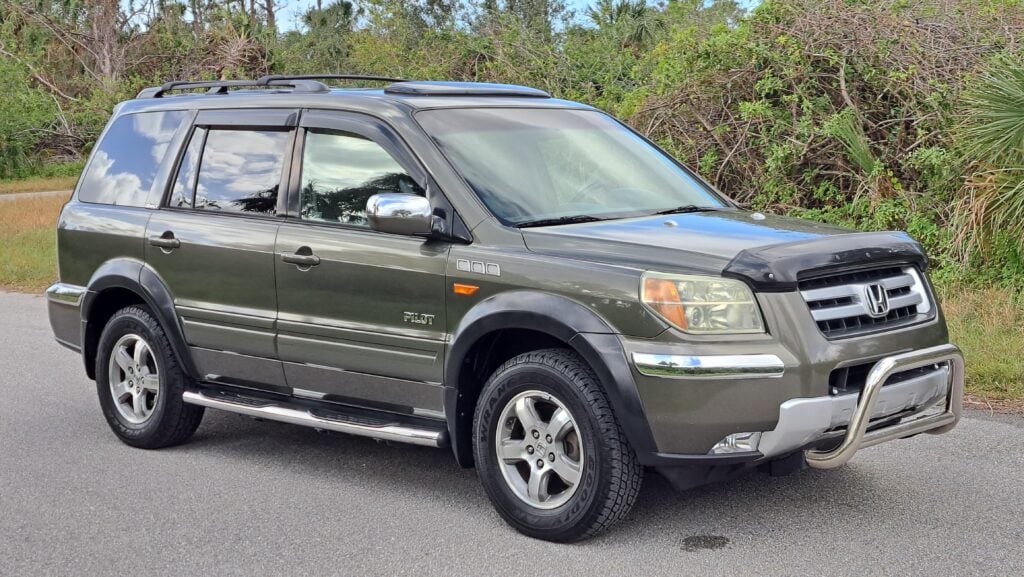
The very first Pilot model nearly ruined the entire lineup for the company. It received so many negative comments that it was hard to figure out how Honda was going to reclaim its image after releasing this lemon.
Engine misfires are just the beginning of what could go wrong. It also suffers from ignition system failure and transmission troubles.
- NHTSA: 14 recalls
- Fuel economy rating: Up to 17 mpg combined
- Edmunds consumer review: 4.8/5
2. 2005 Honda Pilot
The 2005 Pilot didn’t add a lot more reliability to it than the very first model. It still comes with tons of recalls and has problems that make it dangerous to drive.
Transmission issues, especially fluid leaks, seem to be the most common report. Yet, there are also complaints about the electrical system, ranging from radio malfunctions to a defective ignition switch.
- NHTSA: 15 recalls
- Fuel economy rating: Up to 17 mpg combined
- Edmunds consumer review: 4.7/5
3. 2016 Honda Pilot
We hate putting a newer model on the chopping block, but this 2016 Pilot was such a failure. It has complaints about the electrical system, body and seatbelts.
There are also issues with the automatic start-stop system, making it a bear to drive. Add in the faulty fuel injectors and it’s clear that this SUV costs more than it’s worth.
- NHTSA: 5 recalls
- Fuel economy rating: Up to 23 mpg combined
- Edmunds consumer review: 3.6/5
4. 2004 Honda Pilot
Back to the beginning, the 2004 Pilot is another one that should be avoided under any circumstance. The torque converter in the automatic transmission is the biggest problem, with issues starting at just 100,000 miles.
To fix it, the entire transmission needs to be replaced, which is a costly job. If the transmission needs to be replaced at this point, the vehicle isn’t going to be worth anything other than sitting in the salvage yard.
- NHTSA: 13 recalls
- Fuel economy rating: Up to 17 mpg combined
- Edmunds consumer review: 4.8/5
5. 2011 Honda Pilot

Airbags seem to be the biggest issue with the 2011 Pilot models, with most of the complaints from consumers landing in this category. These Pilot SUVs were equipped with defective Takata airbags that explode for no reason and led to serious injuries.
Of course, there are other complaints worth discussing too. The suspension and electrical system seem to top the charts, following closely behind the airbag issues.
- NHTSA: 11 recalls
- Fuel economy rating: Up to 19 mpg combined
- Edmunds consumer review: 4.2/5
Most Common Honda Pilot Problems
Based on information from RepairPal and consumer reviews, we’ve found that transmission problems top the list of complaints. There are also issues with excessive oil consumption, peeling paint and defective fuel injectors.
Here’s some more information about each issue.
Transmission Failure
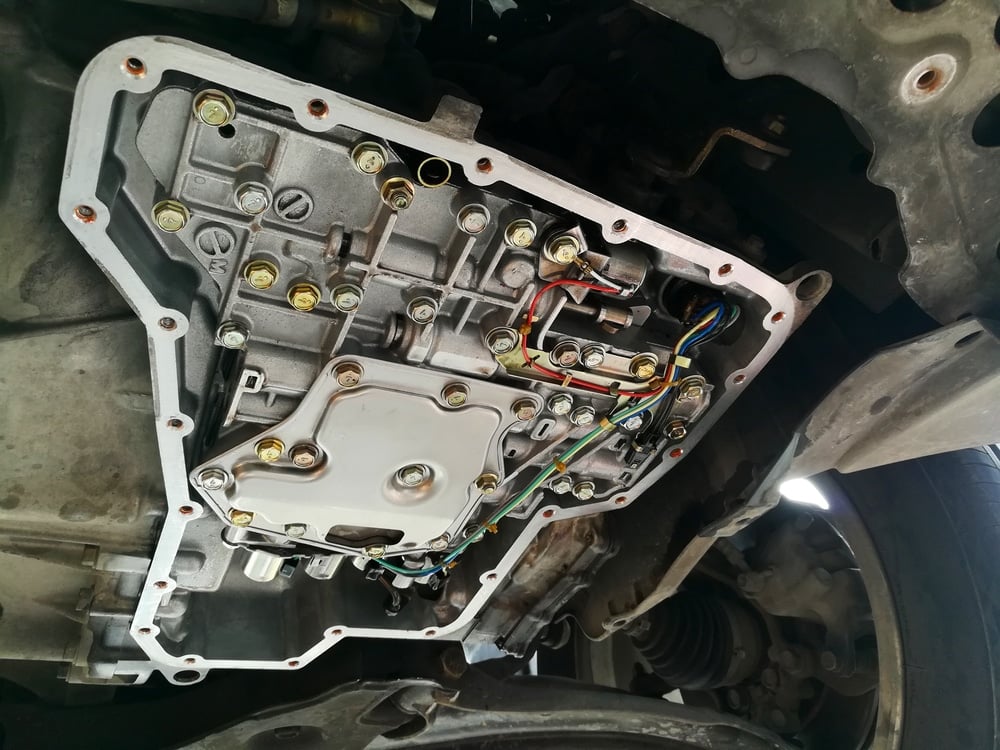
The most concerning issue about Honda Pilot models, particularly the older ones, is the chance of transmission failure. At the beginning of its run, the Pilot was riddled with transmission malfunctions.
Considering this is one of the most expensive parts to replace or repair, it makes it difficult to justify driving one of these Honda SUVs. On top of that, if the transmission fails while driving on a congested road or at highway speeds, it could lead to a disaster for anyone inside the cabin.
Excessive Oil Consumption
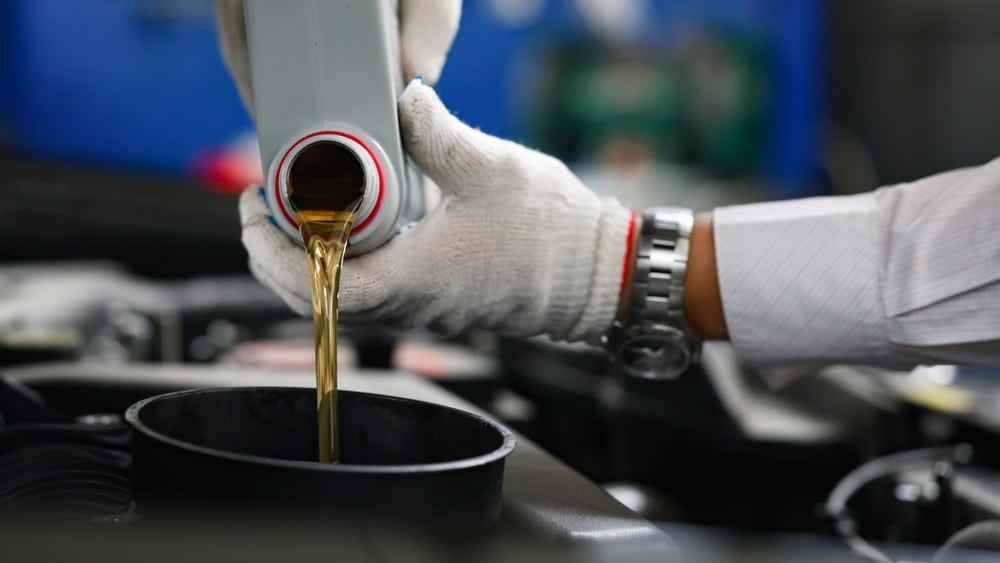
When looking at the state of cars over the past three decades, it’s clear that excessive oil consumption isn’t a new issue. Lots of vehicles, especially SUVs and trucks, seem to suffer from this problem. Yet, there’s a point at which a vehicle uses too much oil. With some Honda Pilot models, the oil burns through so fast that many owners don’t even know they need to top off the system.
When the oil gets too low, it can lead to engine damage. The motor may start overheating and it could blow. The only solution at that point is to either replace or rebuild the engine, which is also expensive.
If you want to drive an older model because you can get a deal on it, just make sure you carry some quarts of oil with you and you top off the system regularly. Otherwise, your investment is going to go right out the window.
Peeling Paint
After many decades of driving, it’s normal to see some cosmetic issues on a vehicle. Yet, Pilot owners notice these problems when the vehicles are still relatively new.
Not only is the peeling paint an eyesore and costly to repair, but it leaves the SUV vulnerable to rust and corrosion. These problems are further accelerated if you live in a humid or wet area.
Defective Fuel Injectors
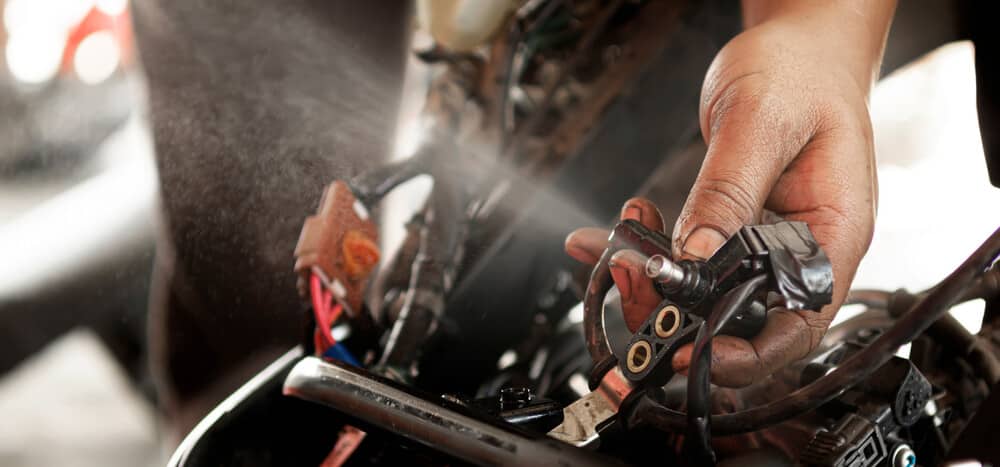
Fuel injector failure is another common complaint. These are also expensive to repair, leaving people with a shocker. Sadly, these issues occur in even some of the newer models, such as the 2016.
Most drivers started noticing issues around 60,000 miles, which is still considered low mileage. Yet, the vehicles are often worth so much at this point it only makes sense to fix them, even if it drains the bank account.
What is the most reliable year of the Honda Pilot?
Overall, the newer Honda Pilot models tend to be among the most reliable. Based on recalls, complaints and consumer reviews, we’ve picked the 2021-2023, 2018 and 2014 Honda Pilot as the top choices for reliability and value.
What is the long-term reliability of the Honda Pilot?
According to RepairPal, the Honda Pilot reliability ranks at 3.5 out of 5. That places the SUV at 13th of all 26 midsize SUVs ranked. The average annual repair cost is also $542, which is just below the average of other vehicles in the same segment.
What year did Honda Pilot have transmission problems?
The earliest Honda Pilot models suffered the most from transmission failure. 2003 to 2005 Pilots are most susceptible to early transmission failure. There are some later models that also had transmission issues, but not to the same extent or severity as the first models.
How many miles will a Honda 3.5 V6 last?
The 3.5L V6 engine from Honda is extremely durable and receives a lot of praise. Honda Pilot models with this engine can easily hit 200,000 miles or more. However, there could be other issues with these Pilots that lead to premature failure, such as if there’s a defect with the transmission, which is also common in earlier models.
To find the best Honda Pilot model, you need to do some research. Read through the customer reviews, look at recalls and examine overall ratings. Pick the models that best fit your budget to determine which ones require more research. In general, if you can afford a newer model, you’ll normally get better results, plus the resale value remains higher, leaving more room to repair any issues.
Stay away from the models that tend to get the most complaints, especially if they have to do with the transmission. These older models have low resale values and it won’t be worth replacing the transmission.
Tags: Honda
Categories: General
